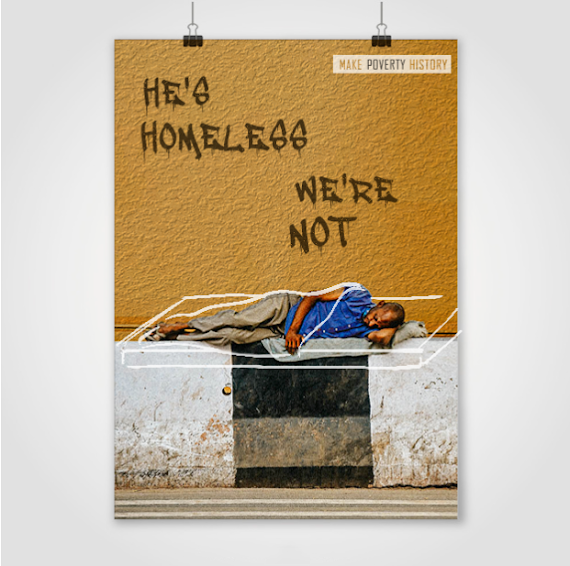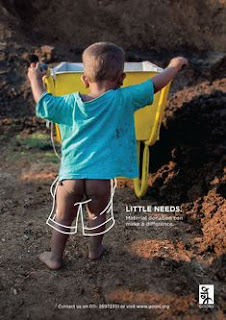Refugees In Malaysia
- Low
birth weight
- Poor
nutrition which is manifested in the following ways:
- Chronic
conditions such as asthma, anemia and pneumonia
- Risky
behaviors such as smoking or engaging in early sexual activity
- Exposure
to environmental contaminants, e.g., lead paint and toxic waste
dumps
- Exposure to violence in their communities which can lead to trauma, injury, disability and mortality
- INSPIRATIONS
FINAL POSTER OUTCOME
Refugees // Poverty and homelessness
Refugees, caused by poverty and homelessness are worldwide problems.
According to Habitat for Humanity , one-quarter of the world's population lives in conditions that
harm their health and safety. Many do not have shelter, a basic human need for
survival. This social issue also goes beyond the 25% of the population directly
affected. Because of the lack of shelter for this vulnerable population, there
is greater stress on government and social programs, including schools and
healthcare systems.
What are the effects of child
poverty?
Psychological research has demonstrated that living
in poverty has a wide range of negative effects on the physical and mental
health and well-being of our nation’s children. Poverty impacts children within
their various contexts at home, in school, and in their neighborhoods and
communities.
·
Poverty is linked with negative conditions such as
substandard housing, homelessness, inadequate nutrition and food insecurity,
inadequate child care, lack of access to health care, unsafe neighborhoods, and
underresourced schools which adversely impact our nation’s children.
·
Poorer children and teens are also at greater risk
for several negative outcomes such as poor academic achievement, school
dropout, abuse and neglect, behavioral and socioemotional problems, physical
health problems, and developmental delays.
·
These effects are compounded by the barriers
children and their families encounter when trying to access physical and mental
health care.
Poverty and physical health
Children
and teens living in poorer communities are at increased risk for a wide range
of physical health problems:
a.
Inadequate
food which can lead to food insecurity/hunger
b.
Lack
of access to healthy foods and areas for play or sports which can lead to
childhood overweight or obesity
- Get link
- X
- Other Apps











Comments
Post a Comment